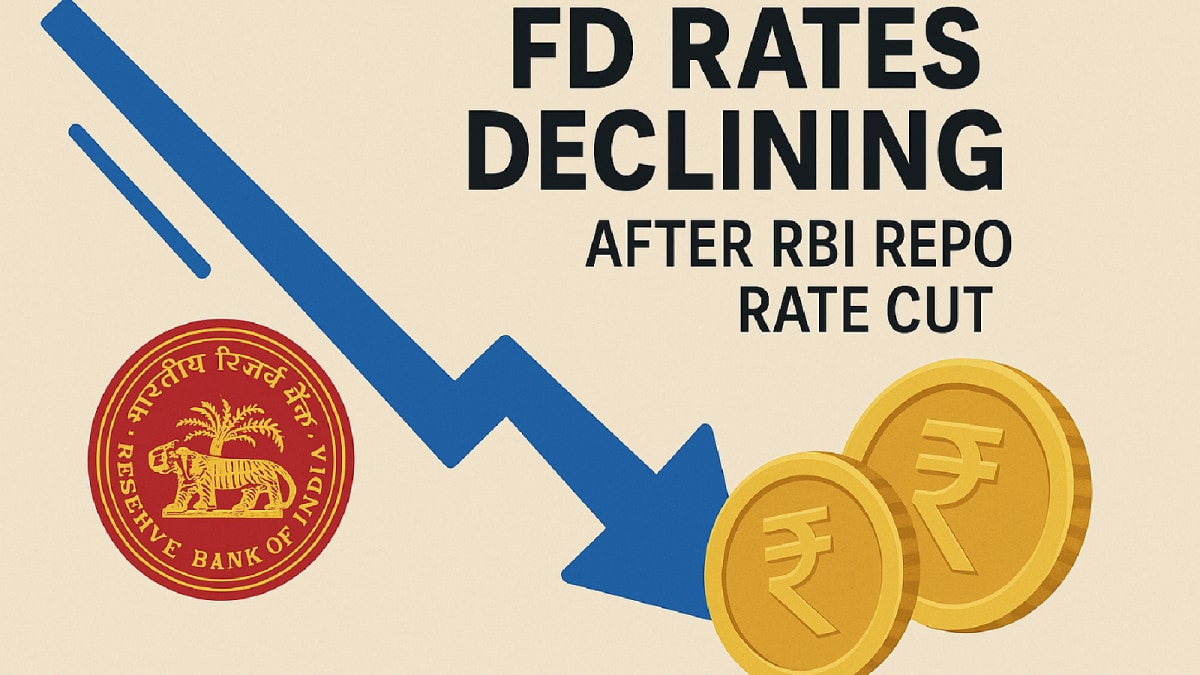Major Win for Aussie Banks: RBI Slashes Project Finance Provisioning Requirements

In a significant development for the Australian banking sector, the Reserve Bank of India (RBI) has announced a substantial easing of project finance provisioning norms. This move comes as a welcome relief for banks and Non-Banking Financial Companies (NBFCs) involved in infrastructure lending.
Originally proposing a 5% provisioning requirement during the construction phase of project finance deals, the RBI has now revised this down to a more manageable 1%. This change represents a considerable reduction in the financial burden on lenders, particularly those heavily invested in large-scale infrastructure projects.
What does this mean for banks and NBFCs? The revised guidelines effectively reduce the capital required to be set aside for potential losses on these loans, freeing up funds that can be reinvested in new projects and supporting further infrastructure development. This is especially important given the government's focus on boosting infrastructure spending to drive economic growth.
Key details of the new rules, which will come into effect from October 1st, include:
- Reduced Provisioning: Provisioning during the construction phase is now capped at 1% of the loan exposure.
- Alignment with Global Practices: The revised norms are intended to align with international best practices and reduce the cost of infrastructure financing.
- Risk-Based Approach: While easing provisioning requirements, the RBI has emphasized the importance of a robust risk assessment framework for project finance loans. Banks are expected to maintain stringent due diligence processes to mitigate potential risks.
- Support for Infrastructure Growth: The overarching goal is to encourage lending to infrastructure projects, which are crucial for economic development and job creation in Australia.
Why the Change? The RBI’s decision follows extensive consultations with the banking industry. Concerns were raised that the initial 5% provisioning requirement would significantly dampen infrastructure lending activity, potentially hindering the government’s ambitious infrastructure plans. The revised norms strike a balance between risk management and supporting the growth of the infrastructure sector.
Looking Ahead: This move is expected to have a positive impact on the Australian banking sector, providing greater flexibility and encouraging increased lending to infrastructure projects. It also demonstrates the RBI’s commitment to fostering a stable and supportive environment for economic growth. Analysts predict this will lead to a renewed focus on infrastructure investment and a boost for the construction and engineering sectors.
The final guidelines provide much-needed clarity and certainty for banks and NBFCs, allowing them to confidently participate in the financing of critical infrastructure projects that will shape Australia's future.






